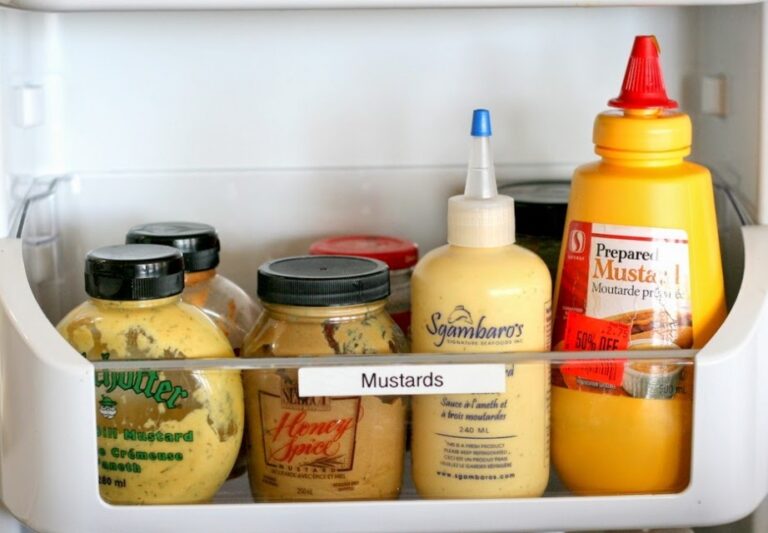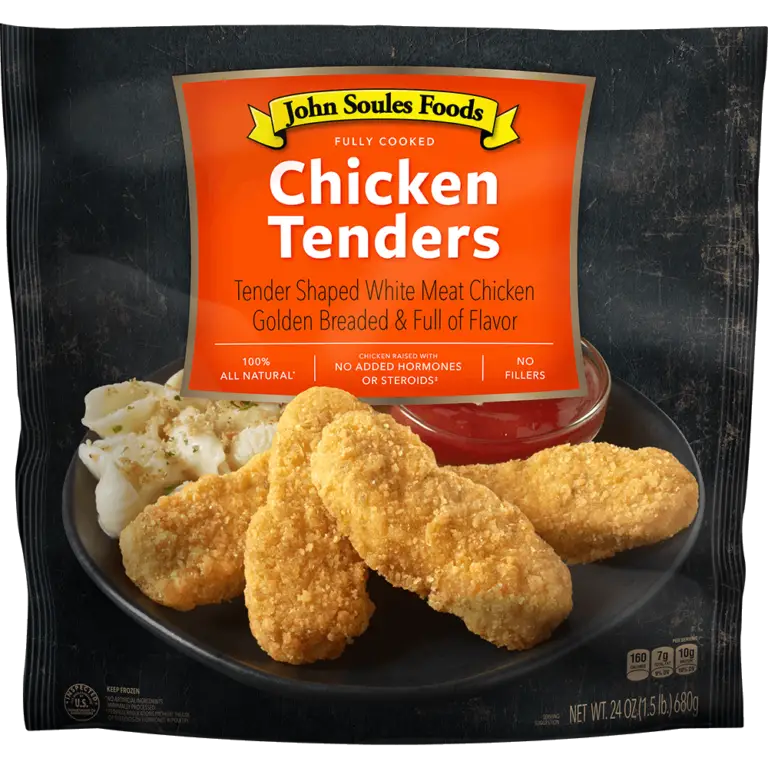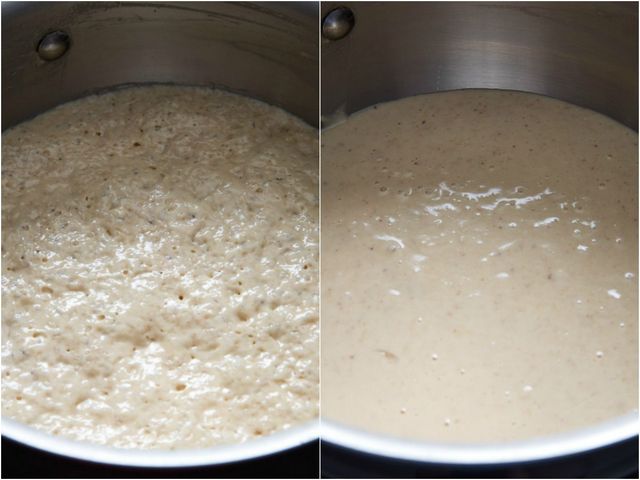What Happens If You Eat Expired Cereals? Can It Make You Sick?
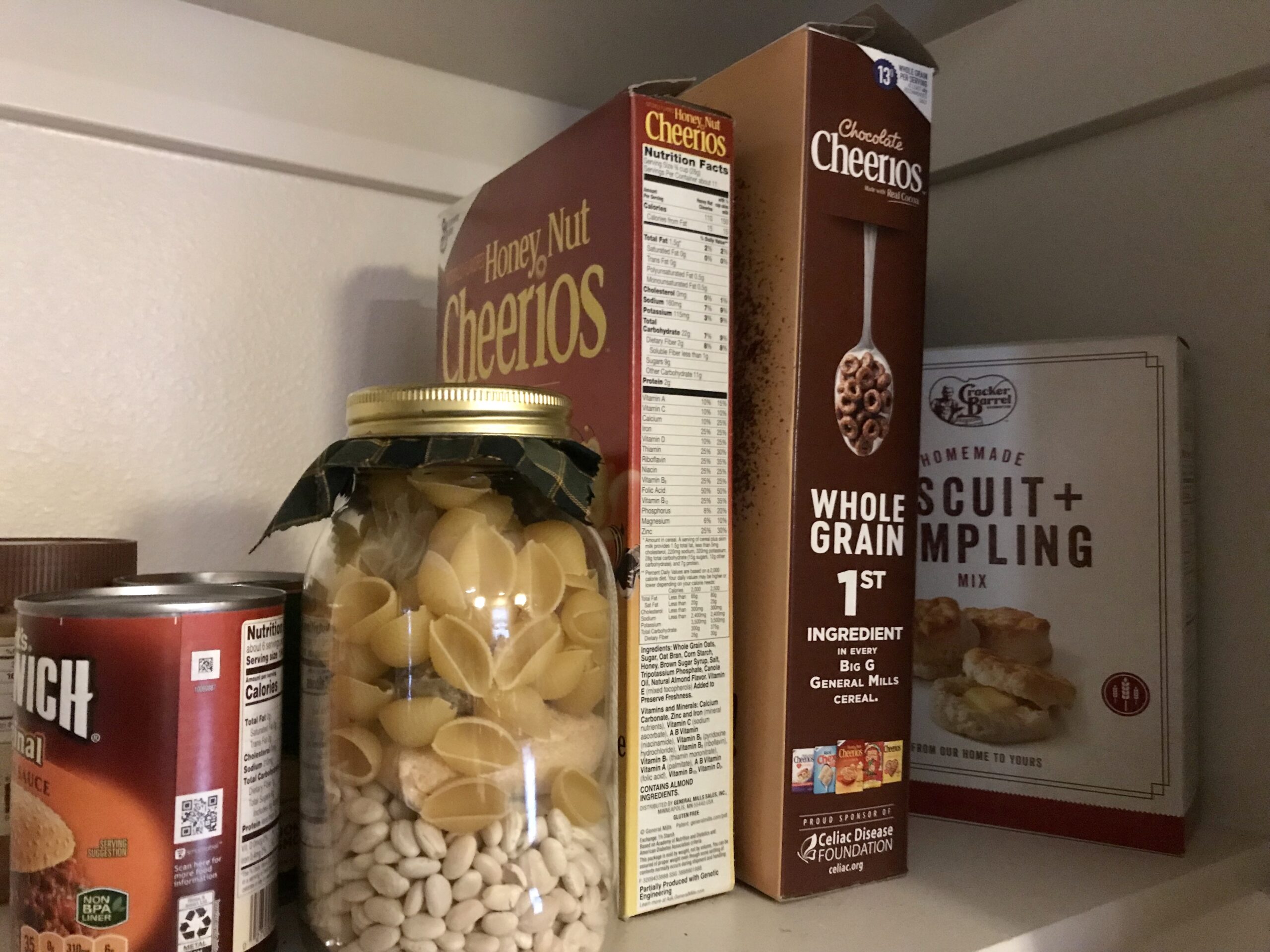
Ah, the familiar ritual of breakfast—that comforting bowl of cereal with its promise of a crisp start to the day. But what if that seemingly innocent box has quietly surpassed its prime on the pantry shelf? What happens if you eat expired cereal?
Join me on a journey through the twists and turns of breakfast drama as we unravel the mysteries behind expired cereal. Can a simple, overlooked expiration date transform your morning routine into a stomach-churning affair?
We’ll delve into the subtle dangers that lurk within those flakes, loops, or clusters. Together, we’ll explore the realms of bacterial mischief, changes in texture and flavor, and the potential for unexpected health pitfalls.
So, grab your spoon and let’s embark on the quest to uncover the truth: What happens if you eat expired cereal, and can it indeed make you sick?
What Is Cereal? Ingredients and Production Process
Many people adore cereal as a breakfast staple because it is a diverse category of food that goes beyond the stereotypical image of a bowl of cornflakes and milk. Understanding what goes into your cereal is the first step to appreciating its nuances.
Ingredients
Cereals often contain a mix of grains like wheat, rice, oats, corn, and barley. These grains are rich in essential nutrients, providing a hearty start to your day. Additionally, cereals may include added vitamins, minerals, and flavorings, enhancing both taste and nutritional value.
| Related: Does Cooked Rice Go Bad in the Fridge? |
Production Process
The journey from farm to bowl involves several stages. Once harvested, grains are cleaned, milled, and sometimes fortified with vitamins and minerals. The mixture is then shaped into the familiar flakes, loops, or squares and toasted to perfection. The result is a crunchy, nutritious breakfast option.
Different Types of Cereal
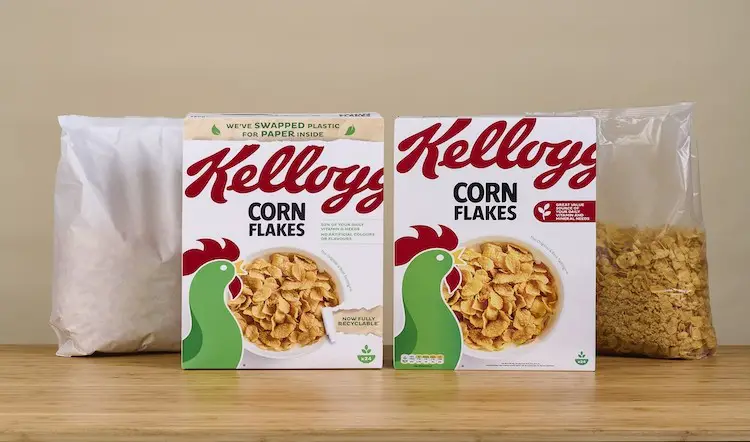
Cereal comes in a delightful array of choices, catering to diverse tastes and nutritional needs. Let’s explore some popular types:
- Flakes: Thin and crispy, flakes can be made from various grains and often boast a light texture. Common examples include corn flakes and wheat flakes.
- Puffs: Airy and crunchy, puffs are usually rice-based and offer a different mouthfeel. Rice puffs and multigrain puffs are frequent favorites.
- O’s or Rings: Circular in shape, O’s or rings are not only visually appealing but also provide a satisfying crunch. Think of classic Cheerios or their honey-flavored counterparts.
- Clusters: These are a delightful mix of grains held together by sweeteners. They offer a hearty and often sweeter flavor profile, with combinations like oats, nuts, and dried fruit.
- Granola: Combining oats, nuts, seeds, and sweeteners, granola is baked to a crisp texture. It’s versatile, often enjoyed with yogurt or milk.
Cereal Expiration Dates: Different Types and Meanings
Understanding the expiration date on your cereal box is crucial for maintaining both flavor and nutritional value. These dates come in various forms and hold different meanings:
- “Best By” Date: This date indicates the period during which the cereal is expected to be at its best quality in terms of flavor and texture. Consuming the cereal after this date doesn’t necessarily mean it’s unsafe, but the quality may diminish.
- “Use By” Date: This is a more critical deadline. It signifies the last date recommended for the consumption of the product for safety reasons. Eating the cereal after this date might pose health risks.
- “Sell By” Date: This date is more relevant to the store and indicates the deadline for selling the product. It doesn’t directly correlate with the freshness or safety of the cereal.
What Happens If You Eat Expired Cereal?
Now, let’s delve into the crux of the matter – the potential consequences of consuming cereal past its prime. Can it really make you sick?
Nutritional Degradation
As cereals age, their nutritional content can gradually decline. Essential vitamins and minerals may diminish, impacting the intended nutritional benefits. While this doesn’t necessarily lead to immediate sickness, it does mean you might not be getting the full spectrum of nutrients intended by the manufacturer.
Changes in Flavor and Texture
Beyond nutrition, the sensory experience matters. Expired cereal may become stale, losing its crispness. You can still eat those cereals, but they are less enjoyable in terms of flavor and texture. For me, it might not make me sick, but it could make my breakfast far less pleasant.
Risk of Microbial Growth
While not all expired foods are immediately harmful, the risk of microbial growth increases over time. Cereals, especially those with added dried fruits or nuts, can be susceptible to mold growth, which may produce mycotoxins—substances that can pose health risks.
Health Risks
In some cases, consuming expired cereal could lead to digestive discomfort, nausea, or diarrhea. This is more likely if the cereal was contaminated or stored improperly. Individuals with compromised immune systems or underlying health conditions may be more susceptible to such risks.
Guidelines for Safe Consumption
To ensure your safety, consider the following guidelines:
- Check the Expiry Date: Always check the expiration date before consuming cereal. Respect “Use By” dates, especially for products containing perishable ingredients.
- Inspect the Packaging: Damaged or compromised packaging increases the risk of contamination. If the box is torn or shows signs of damage, it’s best to discard the cereal.
- Storage Matters: Proper storage is crucial. Keep cereal in a cool, dry place, preferably sealedtightly to prevent exposure to air and moisture.
- Trust Your Senses: If the cereal looks, smells, or tastes off, it’s better to be safe than sorry. Trust your instincts and discard any questionable products.

Risks of Eating Expired Cereal?
The morning routine—a bowl of cereal with milk—is a quick and easy way to kickstart the day. But what if that cereal has overstayed its welcome on the pantry shelf? Let’s uncover the risks of eating expired cereal beyond just a bland breakfast.
1. Bacterial Growth
One of the primary concerns with expired cereal is the potential for bacterial growth. As the cereal ages, moisture can seep in, creating an environment conducive to bacterial proliferation. This is especially true for cereals with added dried fruits or nuts, which can be a breeding ground for harmful bacteria.
How to Minimize the Risk:
- Check Packaging Integrity: Ensure the cereal box is intact. Damaged packaging increases the likelihood of bacterial contamination.
- Storage Conditions: Keep cereal in a cool, dry place. Moisture encourages bacterial growth, so sealing the cereal tightly is crucial.
2. Changes in Texture and Flavor
Picture this: a spoonful of cereal that once promised a symphony of crunch and flavor is now reduced to a lackluster, stale bite. As cereal ages, the texture and flavor can undergo significant changes. The once-vibrant and crisp experience may turn into a muted, unappetizing one.
How to Notice Changes in Cereals texture and flavor:
- Inspect Appearance: Look for signs of discoloration or off-putting changes in the cereal’s appearance.
- Use Your Senses: If the cereal smells rancid or tastes off, it’s a clear sign that it has passed its prime.
3. Potential Allergic Reactions
For those with allergies or sensitivities, expired cereal can pose an additional risk. The ingredients in the cereal may not only lose their potency but could also undergo changes that trigger allergic reactions in susceptible individuals.
How to Safeguard Against Allergic Reactions:
- Check Ingredients: Ensure you’re aware of the ingredients in the cereal, especially if you have known allergies.
- Discard Doubtful Products: If there’s any uncertainty about the cereal’s freshness or ingredient integrity, it’s safer to discard it.
How to Tell If Cereal Has Gone Bad
Being able to discern whether your cereal has gone bad is a valuable skill to prevent potential health risks. Here’s how you can play detective with your breakfast bowl:
| Signs of Spoilage | What to Look For |
| Off Odor | A rancid or sour smell could indicate spoilage. |
| Unpleasant Taste | If it doesn’t taste right, trust your palate. |
| Mold Growth | Visible mold is an obvious red flag. |
| Change in Color | Discoloration, especially if it’s not the cereal’s natural hue. |
| Pest Presence | If insects or pests have invaded, it’s time to say goodbye. |
Remember, when in doubt, it’s safer to err on the side of caution and discard the cereal.
How to Use Expired Cereal
But what if you find yourself with a surplus of expired cereal? Is it destined for the trash, or can you give it a second life in some creative way? Here are a few ideas:
1. Bird Feeder Filler
Don’t let your feathered friends miss out on the expired cereal goodness. Use it as a bird feeder filler. The birds won’t mind the expiration date, and you get to enjoy the delightful sight of avian visitors in your backyard.
2. Cereal Bars and Treats
Crush the expired cereal and mix it with melted marshmallows to create cereal bars. This no-bake treat is a fun way to salvage the cereal and satisfy your sweet tooth.
3. Yogurt Parfait Topping
Sprinkle crushed cereal over your yogurt parfait for an added crunch. The expired cereal might have lost its original luster, but it can still contribute texture and flavor to your snack.
4. Trail Mix Component
Combine expired cereal with nuts, seeds, and dried fruits to create a DIY trail mix. The variety of textures can make for a satisfying and portable snack.
5. Cereal Crust for Casseroles
Grind the expired cereal into a fine powder and use it as a unique crust for casseroles. It adds a distinct flavor and can be a creative twist to your regular recipes.
Conclusion
In the world of breakfast choices, the allure of a convenient bowl of cereal is hard to resist. However, understanding the risks of eating expired cereal is crucial for your well-being. Bacterial growth, changes in texture and flavor, and the potential for allergic reactions are all factors to consider.
Be vigilant in checking for signs of spoilage, and when in doubt, trust your instincts and discard the cereal.
But don’t despair if you find yourself with a surplus of expired cereal. Get creative and repurpose it into bird feeder filler, cereal bars, yogurt parfait topping, trail mix, or even a crust for casseroles. Remember, while the expiration date may mark the end of its life as a breakfast item, it doesn’t have to mean the end of its usefulness. Embrace the possibilities, and let your expired cereal find new life in unexpected ways.
FAQs on Safety of Eating Expired Cereal
Can eating expired cereal make you sick?
Yes, consuming expired cereal can pose health risks. Beyond changes in taste and texture, there’s a potential for bacterial growth and, in some cases, mycotoxin production from mold, leading to digestive issues.
Are there long-term health effects of eating expired cereal?
While immediate sickness is more common, long-term effects can result from nutritional degradation, especially if the cereal is a primary source of essential nutrients.
How should I store cereal to prevent it from expiring quickly?
Store cereal in a cool, dry place, sealed tightly to prevent exposure to air and moisture. Proper storage helps maintain freshness and reduces the risk of bacterial growth, extending the cereal’s shelf life.
What is the shelf life of cereal, and does it impact nutritional degradation?
Cereal has a varying shelf life, often influenced by ingredients.
How does expired cereal contribute to the overall health risks of consuming expired products?
Expired cereal can harbor bacterial growth and mycotoxins, escalating health risks. Regularly consuming such products may contribute to digestive discomfort and pose long-term health concerns.
Can changes in texture and flavor in expired cereal indicate potential health risks?
While changes in texture and flavor are common, they may also signal potential health risks. Off odors or tastes could indicate spoilage or bacterial growth, prompting caution in consumption.

